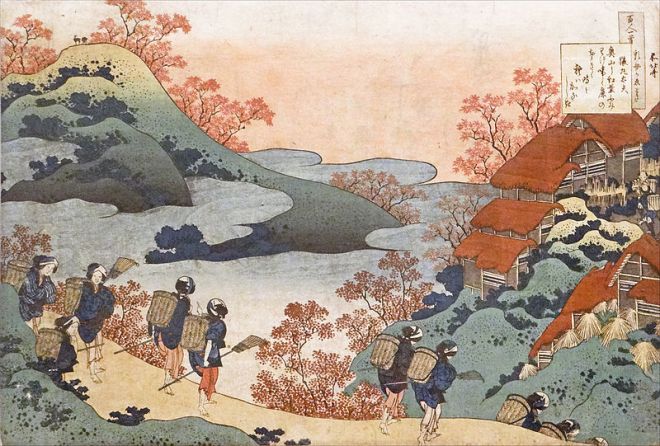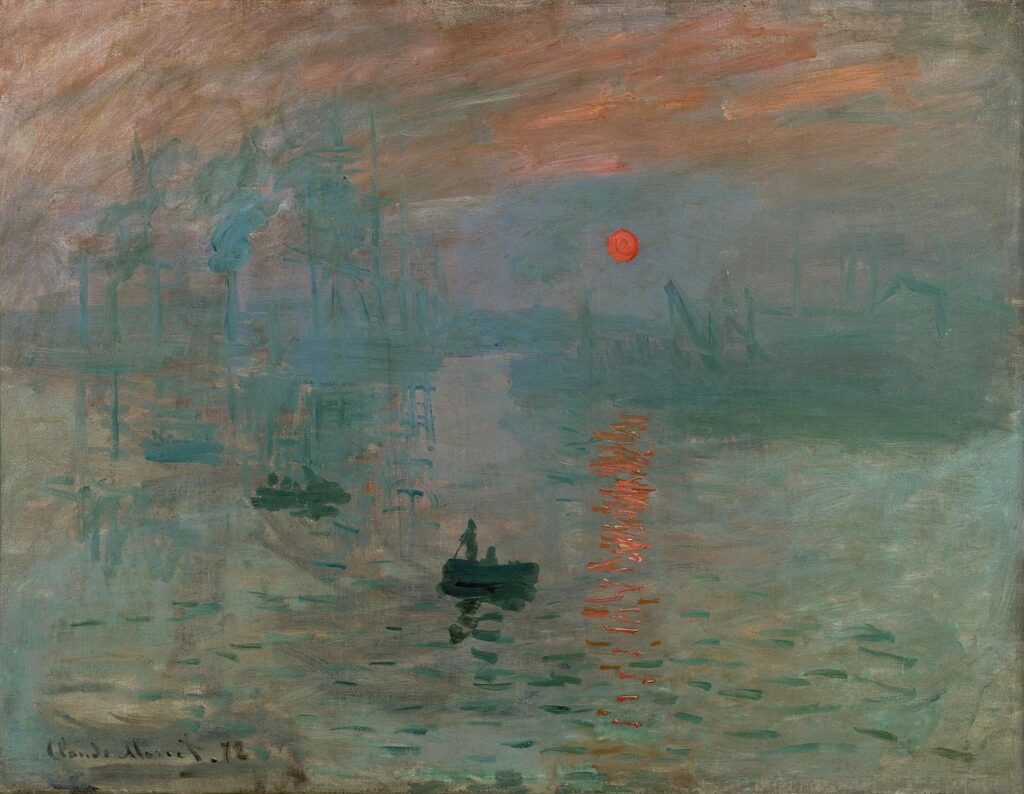
“To experience means to know facts just as they are, to know in accordance with facts by completely relinquishing one’s own fabrications … by pure I am referring to the state of experience just as it is without the least addition of deliberative discrimination” (Nishida Kitaro, An Inquiry into the Good, 3).
“A true intellectual intuition is the unifying activity in pure experience. It is a grasp of life, like having the knack of an art or, more profoundly, the aesthetic spirit …it is an extremely ordinary phenomenon … from the standpoint of pure experience it is actually the state of oneness of subject and object, a fusion of knowing and willing” (Nishida Kitaro An Inquiry into the Good, 32).
Inquiring into the true reality of the universe from the standpoint of no-mind

When Nishida, against the advice of his tutor, dropped mathematics in favour of philosophy, he regarded the latter as an inquiry “into the true reality of the universe” (quoted by Yusa, Zen & Philosophy – An Intellectual Biography of Nishida Kitaro, 23). His three years at Tokyo Imperial University were strictly focused on philosophy, though he was introduced to Zen by a fellow student who became a lifelong friend, Suzuki Daisetsu, best known as the Zen master who later introduced Zen to American audiences. Nishida only embarked on a sustained Zen practice after having secured his first teaching appointment and entered married life. From 1896 and 1906 (or 1907, when reference to Zen is dropped in his diaries), Nishida sat in zazen morning and evening, attended several sesshins every year at a Rinzai Zen temple, and worked on a koan. He regarded Zen as a practice which would allow him to achieve the standpoint of no-mind, from which an investigation of true reality could be pursued. In other words, Nishida took the Zen standpoint of no-mind to be the most sophisticated realisation of what has been called “Asian nothingness,” a “concrete,” embodied, experiential, standpoint on reality which appears to have been shared by many cultures in the ancient world, but has endured in the East as the basis for its grasp of reality, while only surviving as an under-current in the West.
No-mind as a standpoint accessible to all
Nishida, however, avoided any reference to Zen in his philosophical writings as he feared that the use of Zen terminology could result in his text being tied to a particular psychological state. He was eager to produce works of philosophy with a universal relevance that would be accessible to all. It is clear, however, that throughout his lifetime, he carried out his philosophical inquiry into “the true reality of the universe” from the standpoint of Zen, which had struck him as “the most immediate and most fundamental standpoint” (Nishida, “My Philosophical Path,” quoted by Yusa, Ibid, 301). Robert E. Carter quotes Noda Mateo as reporting that “Nishida often stated in his lectures that his aim was to establish ‘a rational foundation for Zen’” (Carter, The Kyoto School, 14).
Same doubt as Descartes, but different conclusion: knowledge based on intuition and no “I”
In Part II of the Inquiry – which Nishida is said to have written before Part I – Nishida appears to emulate Descartes when he invites us to “discard all artificial assumptions, doubt whatever can be doubted, and proceed on the basis of direct and indubitable knowledge,” asking “What is direct knowledge that we cannot even begin to doubt?” To which he then answers: “It is knowledge of facts in our intuitive experience, knowledge of phenomena of consciousness” (Nishida, Inquiry, 39). Quite different from Descartes’s answer “I think therefore I am.” And this is where the ego-less standpoint of no-mind, rather than the ego-centred standpoint of ordinary consciousness, makes all the difference. At this early stage in the discussion, “direct knowledge” is contrasted with “thinking,” which is a judgment coming later, for the sake of interpretation and explication. Whereas judgment may err, the direct intuitive experience of the facts of consciousness, which can only take place in the present, cannot err. Therefore, Nishida writes: “All of our knowledge must be constructed upon such intuitive experience” (Nishida, Ibid, 39). Nishida is really inviting us to sit on a cushion and cultivate the Zen standpoint of no-mind, a direct experience of reality through a self free of egoic attachments, observing the flow of thoughts, careful not to get caught and carried away by any particular thought, and instead let all thoughts come and let them go.
William James and Henri Bergson
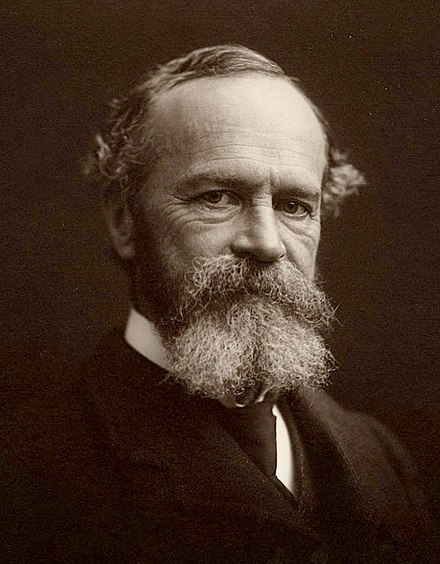
Nishida had found in Henri Bergson a thinker who had elected to use intuition as a starting point for his philosophical inquiry, and this encounter, Yusa tells us, had given him the confidence to use intuition for his own inquiry. Before reading Bergson, however, Nishida had read William James’ The Varieties of Religious Experience and used the term “pure experience” to refer to an experiential insight into concrete reality free of any conceptual discrimination. In fact, the term “pure experience” has been regarded by many scholars as Nishida’s first signature concept.
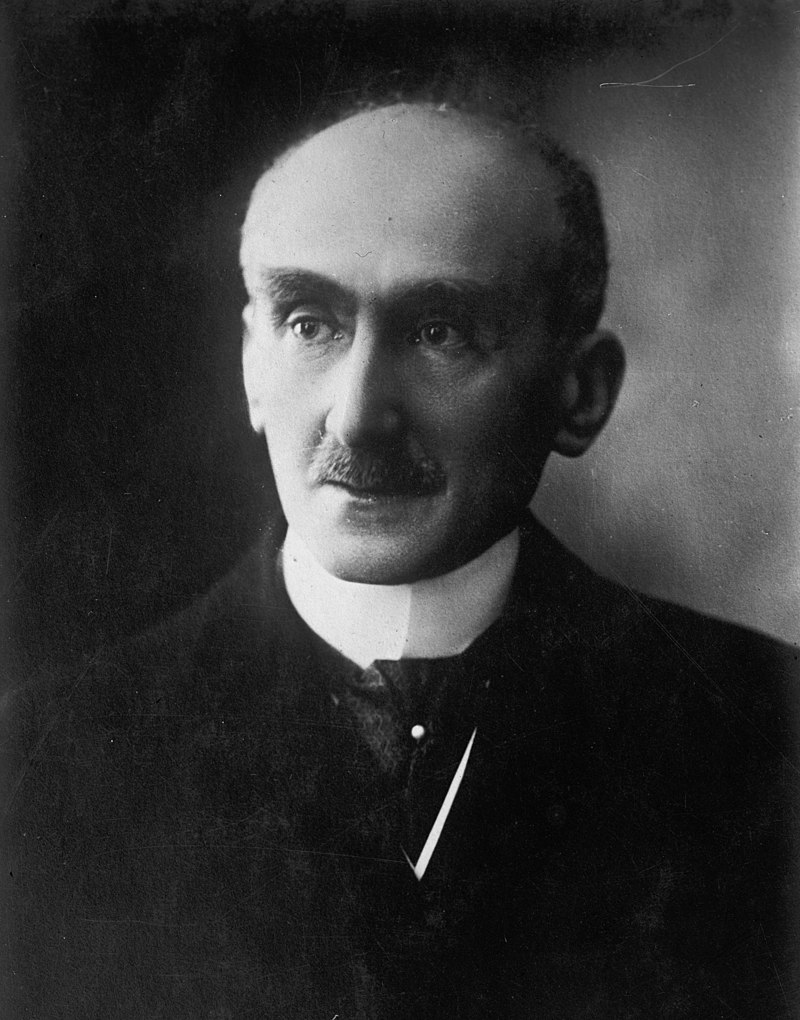
An Inquiry into the Good opens with the words: “To experience means to know facts just as they are, to know in accordance with facts by completely relinquishing one’s own fabrications … by pure I am referring to the state of experience just as it is without the least addition of deliberative discrimination” (Nishida, Ibid, 3).
Before we even get to the bottom the first page, though, Nishida adds: “pure experience is identical with direct experience. When one directly experiences one’s own state of consciousness, there is not yet a subject or an object, and knowing and its object are completely unified. This is the most refined type of experience” (Nishida, Ibid, 3-4). That, again, is the sort of experience achieved in zazen.
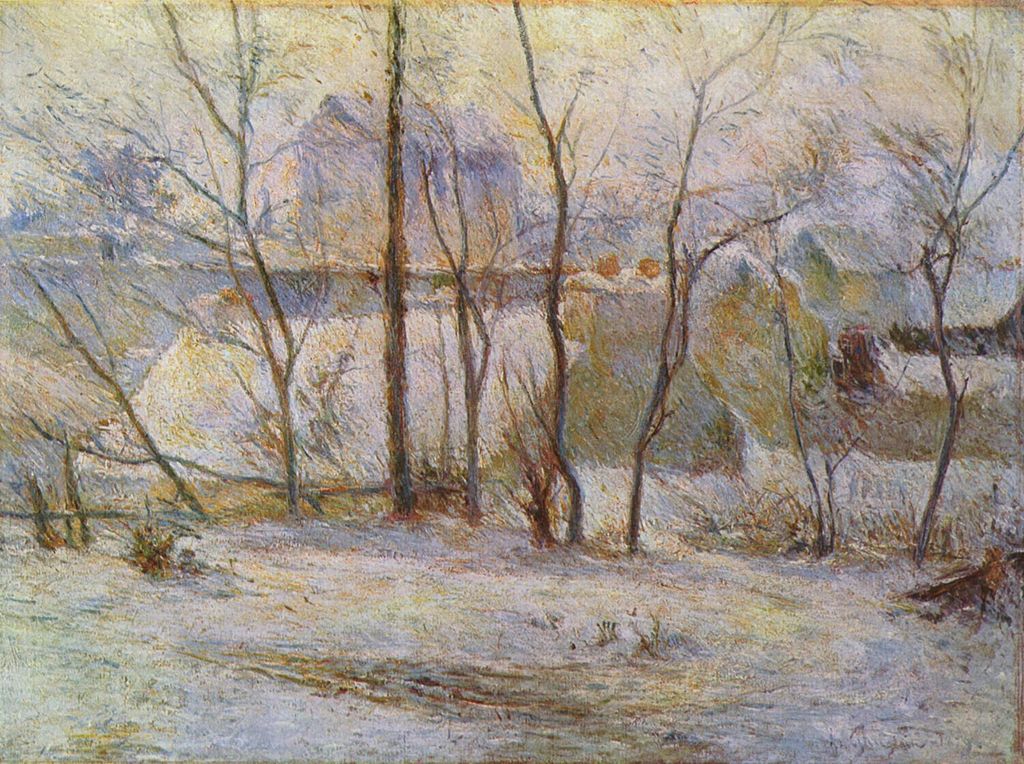
A big blooming buzzing confusion?
For William James, reality was “a that, an Absolute, a ‘pure’ experience on an enormous scale, undifferentiated and undifferentiable into thought and thing … It is plain, unqualified actuality, or existence, a simple that.” James spoke of this “that” or “primal stuff,” in colourful terms – it was a “big blooming buzzing confusion,” (James, Essays in Radical Empirism, quoted by Carter, The Nothingness Beyond God 4) so as not to give the impression that this was a sort of bland, monochrome substratum. Instead, the “that” of pure experience is richer than the layer of concepts abstracted from it. “Out of this aboriginal sensible muchness attention carves out objects, which conception then names and identifies forever… We say what each part of the sensible continuum is, and all these abstracted whats are concepts” (James, Some Problems of Philosophy quoted by Carter, Ibid, 6). Nishida shared with James this notion that our concepts – the “whats” – offered a view of reality which was poorer than the lived experienced reality. “Meaning and judgments are an abstracted part of the original experience, and compared with the original experience, they are meager in content” (Nishida, Inquiry, 9). But, whereas James focused on the carvings as damage done to the aboriginal flow which perhaps should be reversed, Nishida had his eyes on the wider process whereby concepts emerged out of the background. He pointed out that there could be really no such thing as a world outside consciousness, since “to intuit things in themselves apart from our consciousness is impossible” (Nishida, Ibid, 39). So, what we see as reality is made up of phenomena of our consciousness. “From the perspective of direct knowledge that is free from all assumptions, reality consists only of phenomena of our consciousness, namely, the facts of direct experience” (Nishida, Ibid, 39). “The so-called objective world … consists of these phenomena unified by a kind of unifying activity.” (Nishida, Ibid, 54). This unifying activity is intuition itself. That is, the very insight through which I grasp reality is at the same time the unifying activity which organises reality into a world. It is not unlike seeing reason as a faculty, as well as the order of the world, except that, while reason is an activity of the mind dissociated from the body (that is, feelings, emotions, will, etc), intuition is a wholistic grasp by the heart-mind (Chinese xin, Japanese kokoro), it is a grasp by one’s whole self, in the midst of life, in the present moment.
Pure experience includes thinking, thinking and intuition are the same kind of activity

James compared concepts with the “perchings” of birds in flight, places where they stop to rest before continuing their journey, and says that an exclusive focus on such perchings turns what is a dynamic flow – reality as change – into a static entity – reality as being. Nishida agreed with this view, but at the same time, saw that the flight itself, i.e., the flow, is what led to the perchings, the conceptual cuttings, so these, far from interrupting the flow, were its expressions. Didn’t a flying bird stop at some point so that it can rest and recover strength to continue its journey? The pause for rest is undoubtedly part of the journey. Likewise, the conceptual extractions from the flow of consciousness – carried out to deal with practical matters of everyday life – are part of that flow. In the restored continuity of reality as phenomena of consciousness “Pure experience includes thinking.”(Nishida, Ibid, 17). “Thinking and intuition are usually considered to be totally different activities, but when we view them as facts of consciousness we realise that they are the same kind of activity” (Nishida, Ibid, 41) Hence the addition of “intellectual” to intuition. Whereas in the early stages of Zen meditation, the practitioner is keenly aware of thoughts as intruding and trying to capture his/her attention, as the practice becomes more intense in sesshins, and even more so, when awakening is achieved, there is a sense that thoughts just flow without altering the flow of consciousness. Such an integration of the thoughts with the sensory flow undoubtedly suggests a continuity between pure experience and “concepts,” that is, “ideal elements.”
Intellectual intuition: ordinary perception is compositional
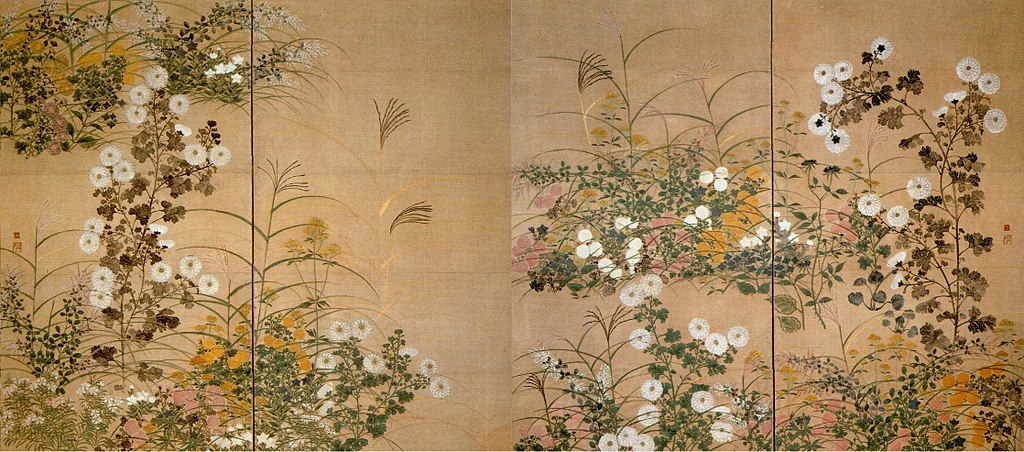
When Nishida introduces the term “intellectual intuition” in the last chapter of Part I, he explains that “Ordinary perception is never purely simple, for it contains ideal elements and is compositional. Though I am presently looking at something … I see it as mediated in an explanatory manner through the force of past experience” (Nishida, Ibid, 30).
Carter says that Nishida’s “intellectual intuition” “is not a form of sense perception, but a grasping of ‘ideal’ objects, such as the ‘unity’ that underlies all awareness. Nishida tells us that it is an enlargement or deepening of pure experience. But because such awareness is not logical or inferential, some scholars have suggested that Nishida ought to have referred to it as ‘creative intuition’, a direct seeing of artistic, religious, or moral insight. It is related to inspiration, an immediate seeing of correct conclusion without calculation in any form. It is a state of awareness that has transcended the subject/object distinction, resulting in a unified experience out of which subject and object are carved” (Carter, The Kyoto School, 28).
“Our most natural, unified state of consciousness”
Awareness beyond the dichotomy of subject and object is not, however, a special “state” which only Zen practitioners can ever achieved. It is a an everyday occurrence as I, for example, walk down the street, with only a background awareness of the houses and gardens on either side, though my attention is normally focused on the pavement, or perhaps, where I am headed for. But I would certainly notice if one of the houses I pass by had burned down since the last time I saw it! I would also notice a tree having just broken into blossoms. “Intellectual intuition,” is for Nishida a cosmic unifying principle, the way consciousness itself is, something we more or less take for granted – do we ever ask, how come I am conscious? It is accessed by meditators and awakened individuals as well as by artists, scholars, as they widen their consciousness in search of inspiration. But what is most important for Nishida is that it is also at work within all of us. It is “our most natural, unified state of consciousness. An innocent baby’s intuitions fall into this category. Intellectual intuition is just that which deepens and enlarges our state of pure experience; it is the manifestation of a great unity in the systematic development of consciousness. When a scholar achieves a new idea, the moral person a new motive, the artist a new ideal, the religious person a new awakening, such a unity is manifesting itself” (Nishida, Inquiry, 32).
Intellectual intuition can be best understood in the context of Nishida’s lifelong project of elucidating what could be called “the logic of the universe” – how the One manifests into the many. Having rejected the infantile notion of a God standing outside a world he created, Nishida later described “creation” as a process being carried out in the present moment as the self-determination of true reality (absolute nothingness), through our consciousness, into the many phenomena of the world. In that scheme, “intellectual intuition” is a moment in the process of that self-determination which proceeds through the unification of consciousness into a meaningful whole. Nishida later integrated this process into a dialectical process whereby the world is both intuited and created through consciousness according to the logic of self-contradictory identity. For Nishida, “God” is this very process carried out from the standpoint of absolute nothingness, i.e., by the egoless “empty” self.
For now, as defined in the Inquiry, “A true intellectual intuition is the unifying activity in pure experience. It is a grasp of life, like having the knack of an art or, more profoundly, the aesthetic spirit” (Nishida, Ibid, 32). Also “Intellectual intuition, the discernment of this single reality, can be found not only in the fine arts but in all of our disciplined behavior; it is an extremely ordinary phenomenon … from the standpoint of pure experience it is actually the state of oneness of subject and object, a fusion of knowing and willing” (Nishida, Ibid, 32). It is both the “activity” of unification and the “state” of oneness.
